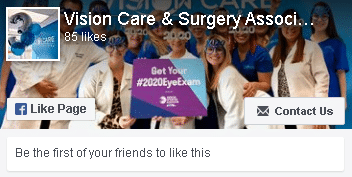Glaucoma is a condition that negatively affects the optic nerve of the eye. Left untreated, it can result in severe limitations on the average person’s eyesight, including blindness. Most of the time, glaucoma is the result of the buildup of fluids in the frontal portion of the eye, and the damage occurs as a result of this continued pressure. Glaucoma primarily affects those over the age of 60, and in the past, those who suffered from it had little choice but to accept the inevitable vision loss. However, thanks to advances in modern optometry, vision can usually be maintained if the condition is diagnosed in time.
What You Need to Know About Glaucoma
There are two common types of glaucoma. These include closed-angle glaucoma and primary-angle glaucoma. Closed-angle glaucoma occurs when the drainage angle becomes blocked, causing pressure on the optic nerve to rapidly rise. Primary-angle glaucoma is more prevalent and occurs when the drainage angle is only partially blocked. Both types of glaucoma can have the same end results, which is vision loss and possible blindness. The main difference between the two conditions is that primary-angle glaucoma usually has no symptoms, while closed-angle glaucoma often comes with a set of indications that include sudden eye pain, blurred vision, headaches, nausea, and halos around light sources. See an eye doctor immediately if you experience these symptoms, and make sure that your yearly checkup includes a glaucoma test.
How Glaucoma is Treated
Although the damage caused by glaucoma is impossible to reverse, the condition can often be stopped in its tracks with the right course of treatment if caught in time. Typical treatments involve strategies designed to lower eye pressure, such as prescription-strength eye drops, oral medications, and in more serious cases, certain surgeries.
Please feel free to reach out to us at your convenience for more information on glaucoma and other eye diseases.


